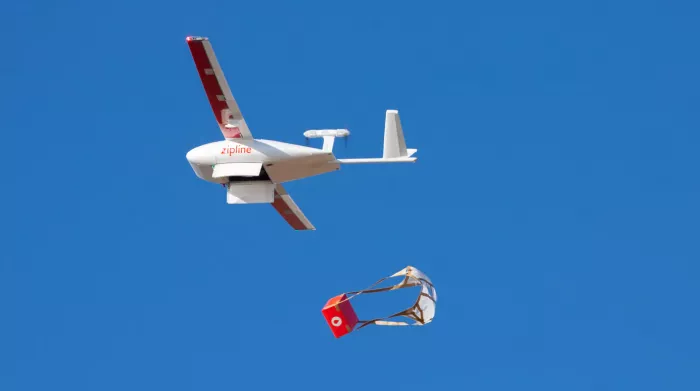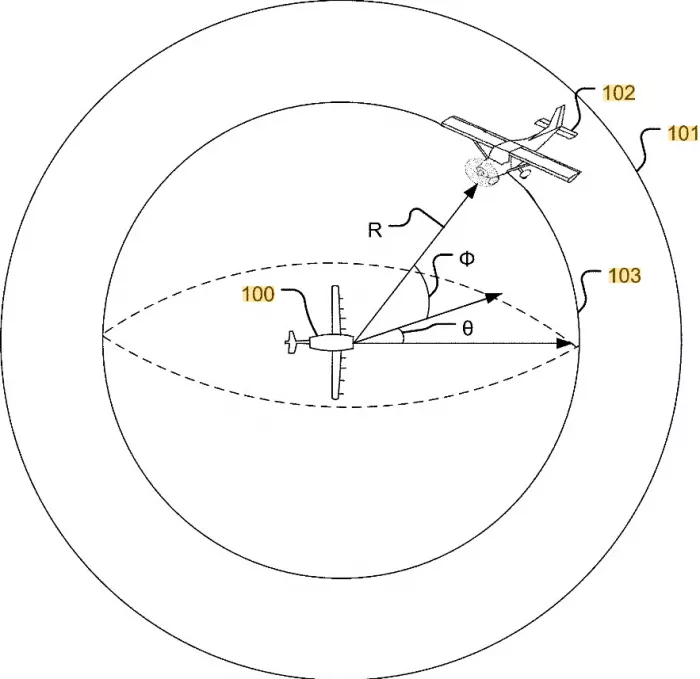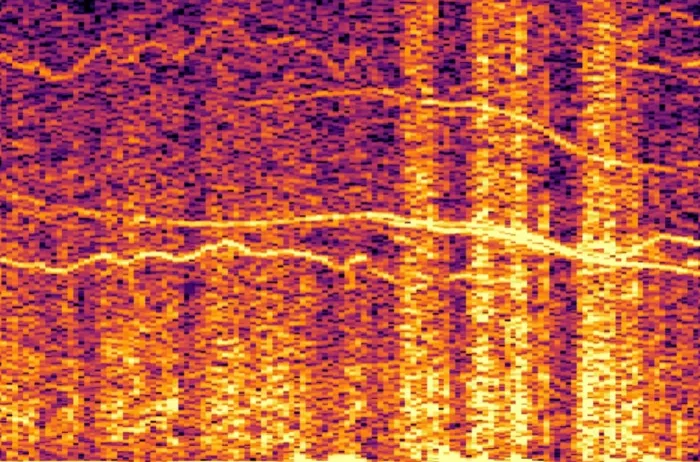According to new atlas, the sky of our city will soon be filled with various forms of multi rotor aircraft, from small logistics and delivery UAVs to evtol air taxis, which seems inevitable This will bring many positive factors, including speed, convenience, emission reduction and getting cars off the road - but also some negative factors, especially noise pollution, the risk of falling objects, and the disappearance of a sense of privacy

In any case, this future is coming, and now what really hinders things is some rules. One of the key issues is security: how can hundreds or thousands of these small aircraft share airspace without colliding with each other or interfering with the flight routes of large aircraft? This problem needs to be solved comprehensively before the aviation authorities can open the door for UAVs to operate "out of sight" of remote pilots.
Zipline, an independent UAV delivery company, has completed more than 300000 commercial deliveries in the controlled test market in the past five years. It is believed that it has a compelling solution in the form of acoustic detection and avoidance (DAA) system. Keenan Wyrobek, co-founder and chief technology officer, calls it the "Holy Grail of UAV technology".
Each UAV will be equipped with a microphone array and an onboard processor. The company said that it will detect other aircraft 2 kilometers (1.24 miles) away, provide them with 360 degree perception, and allow the flight control system to monitor and track multiple aircraft and make appropriate flight path adjustments in flight.

There are many other solutions, including optical detection systems such as the CASIA 360 system of iris automation, multi-mode and radar based systems that general atomics has been testing on Predator drones for many years, and other transponder like ideas that require aircraft to broadcast their positions at any time.
Zipline's acoustic solution seems to offer some important advantages. Radar and camera arrays are bulky and expensive, and they provide zero perception behind visual obstacles such as hills and buildings. It will be difficult for the camera to find other UAVs in the distance and may be affected by lighting conditions or weather. The transponder relies on ground communication and assumes that others are acting according to the rules.
On the other hand, the microphone array is small, light and self-contained. It can provide spherical coverage. It is possible to obtain information from behind some obstacles -- and it is as cheap as sensor equipment. Of course, acoustic systems have their own challenges; The UAVs they are connected to generate multiple highly variable sound sources. If they want to be sensitive to small propellers a mile away, they need to be subtracted extremely accurately from the feed of each microphone.
Wind noise will be another problem, especially at high speeds. Although we were impressed with wind noise reduction technologies in the past, such as the rider to rider motorcycle intercom system, there is a big difference between providing understandable audio signals between two people and providing a super clean spherical audio signal, which can accurately analyze the small audio signals required for FAA level perception and avoidance ability.

Zipline described a system in its U.S. patent application, in which the UAV equipped with DAA may deliberately change the direction just to better read the objects it tracks, and use the changes between microphones as a way to filter the noise signal shape of the UAV itself. It uses beamforming for the time aligned audio signal from each microphone, and then estimates whether a signal is sent by the aircraft through the signal generated by the deep learning model operation.
Wyrobek said, "we have created a system that is flexible enough to operate in the smallest degree, and can think for itself and adjust in real time. DAA is the result of years of development and hundreds of thousands of flight hours. It is an elegant answer to the challenge of out of sight flight in the United States -- not 10 years later, but today."
"DAA is the key to expanding instant delivery in the United States and globally," added Keller rinaudo, founder and CEO of zipline. "Our vision for the future is that this system will become the industry standard for safe flight of all commercial autonomous aircraft."
The company said it had established a DAA system in its own UAV and was seeking regulatory approval to activate it in various regions.
There is no information on how long the approval will take or what form it will take. Zipline said that if necessary, its DAA system can be integrated with other systems and play a good role. It is not clear how the system was tested and how it performed against a wide range of different targets in a complex, crowded audio environment.